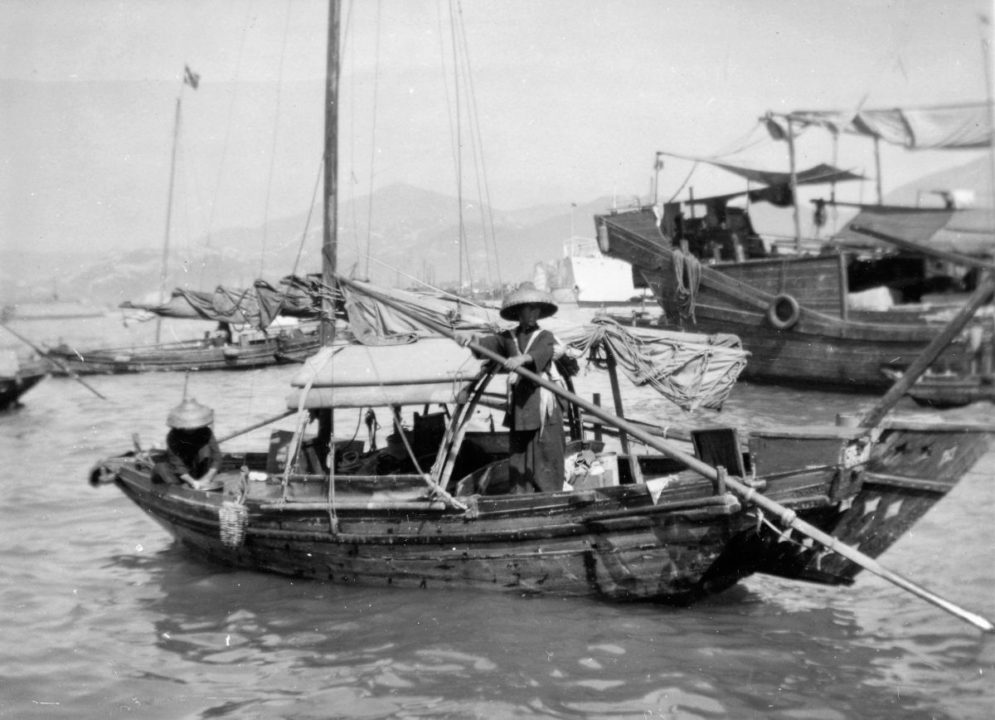Dating back to the 17th century, sampans were once a prominent mode of sea transport across Asia. These simply designed boats used for fishing, trading goods and even dwelling became a way of life that’s lesser known nowadays. Despite its dwindling presence, sampans have become a heritage icon amongst their modern boating counterparts.
What is a sampan boat?
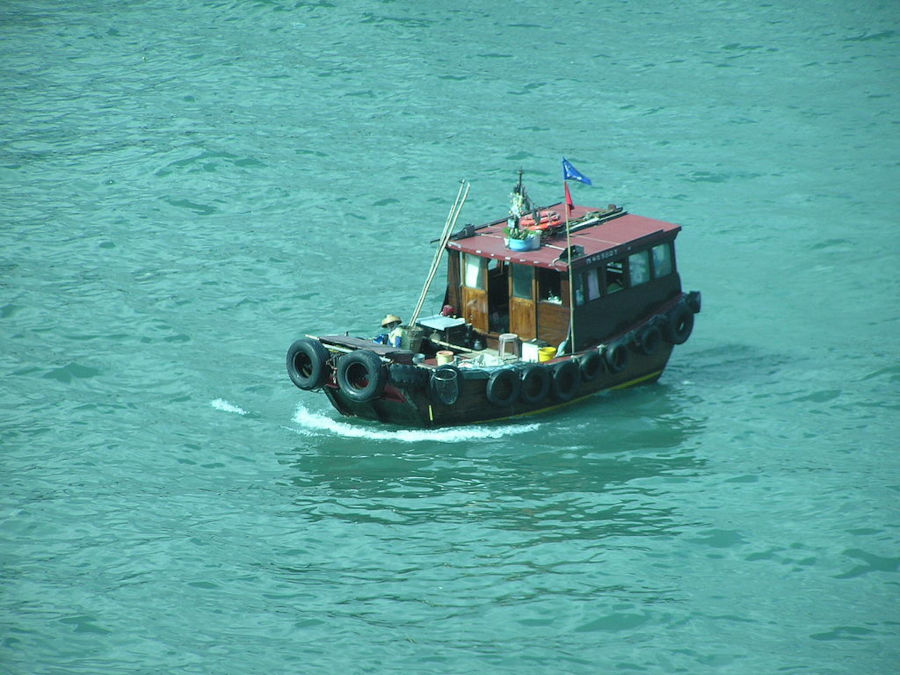
A sampan is a small, wooden boat with a flat bottom that was first sighted in China. ‘Sampan’ translates to three planks in Cantonese, named for its construction. These boats typically measure up to eight feet long with an open deck design and ends that curve upward. Most traditional models are propelled by an oar and steered with a rudder. They’re used to transport small goods and fish, but they also used to serve as homes for sea dwellers and their families, so many sampans are designed with a roof for shelter. Due to its fragile nature, sampans aren’t suited for the rough seas.
Where did sampans come from?
Sampans originated in China as a means to conduct business and support the livelihood of sea dwellers. Their multifunctional presence extended across Asia, ranging from Japan all the way down to Singapore. Sampans played a pivotal role in sea life in the mid to late 20th century. These small vessels flocked the rivers and coasts, transporting people to and from nearby vicinities and carrying fishers by day before turning into the humble abode of seafarers at night. Most notably, the Tanka people sought shelter in sampans as they went about their lives which had been adapted for the water.
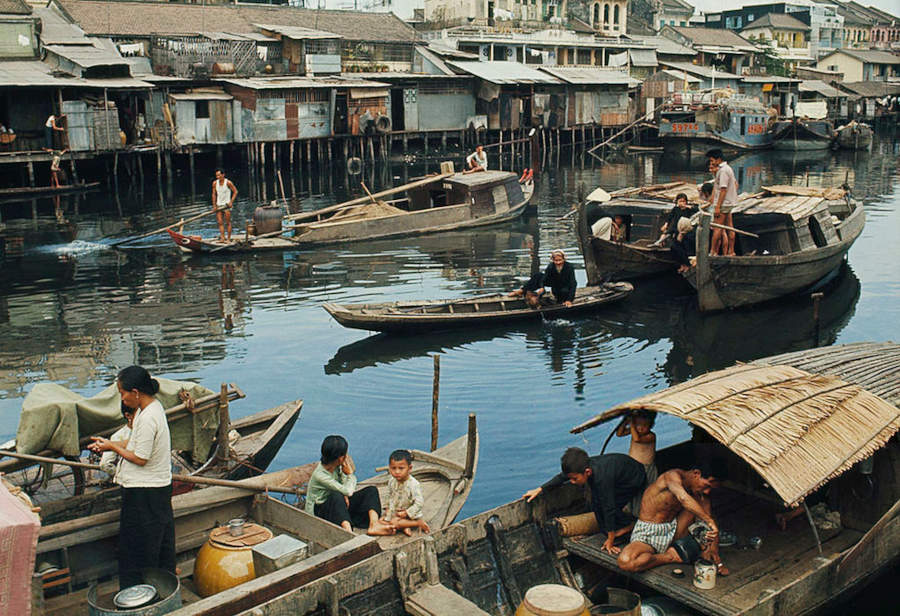
Sampans had a well-established presence in the rivers of Singapore and were even once the only way for those who were in the shipping and cargo industry to get to larger vessels out at sea. Nevertheless, up until 1983, the importance of sampans and the practicality they bore wore off with the introduction of a campaign to clean up the rivers.
Who were the sea dwellers of Hong Kong?
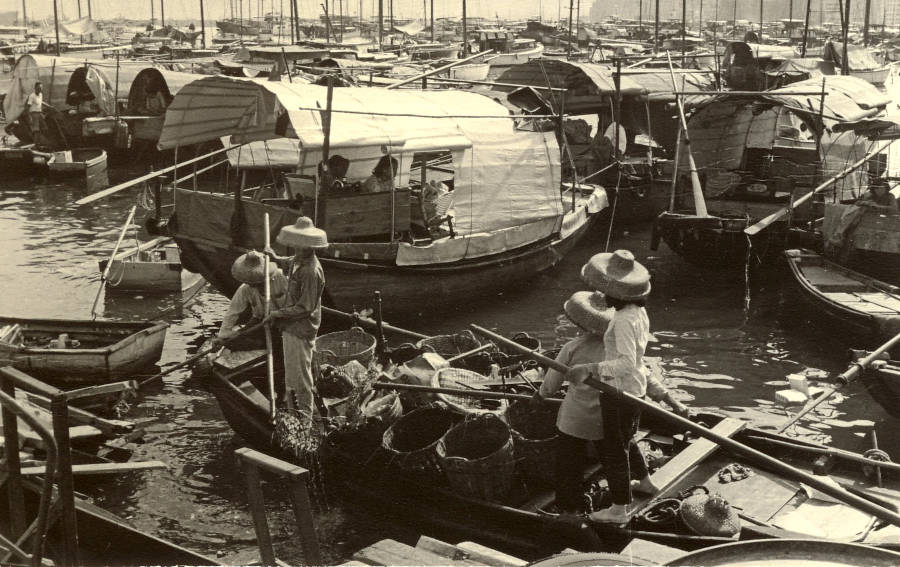
Those who made sampans their homes were later known as sea dwellers – Tanka people. They lived on boats docked along the Guangdong Province coast and other coastlines, and were one of the two groups of people from southern China to first inhabit Hong Kong. They survived through fishing, though nowadays most of Tanka life has washed onshore as younger generations adopt a lifestyle that’s more acclimatized to modern day. Many younger people aren’t even aware they are of Tanka descent as Tanka people were seen as a group of impoverished outcasts, their stories and traditions lost to a lack of telling.
The second group to inhabit Hong Kong were the Hakka, or “land” people from northern China who migrated south to flee war and poverty. “Guests”, “barbarians” and “gypsies” were just a few of the names with degrading connotations the Hakka were called. Their migration south wasn’t welcomed, but they sustained through trying times by working mainly on farms and plantations.
What is the difference between a sampan and junk?
A sampan is not to be confused with a junk. Derived from the Portugese word “junco” that refers to medium-to-large-sized ships used in colonial times of Austronesian culture in Southeast Asia, junks are classic Chinese sailing vessels that are roughly five times larger than sampans.
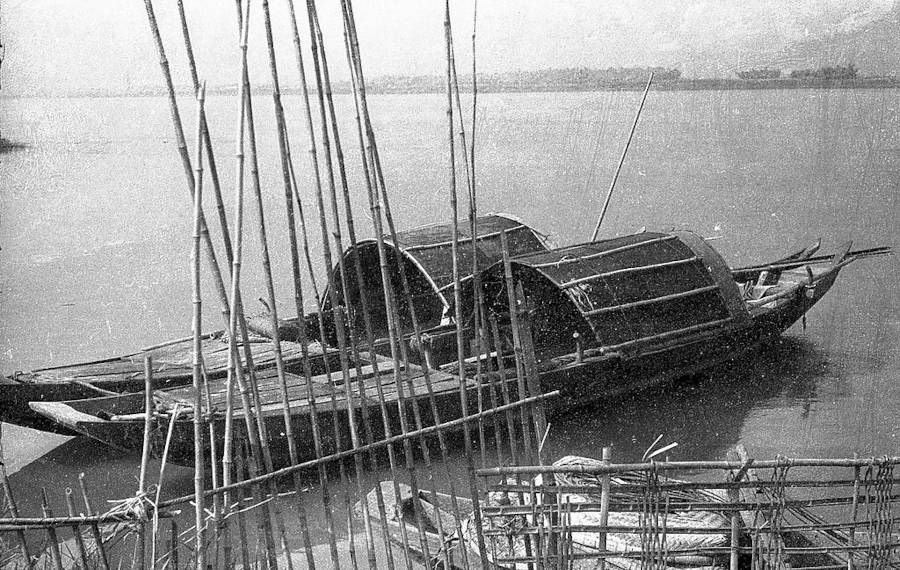
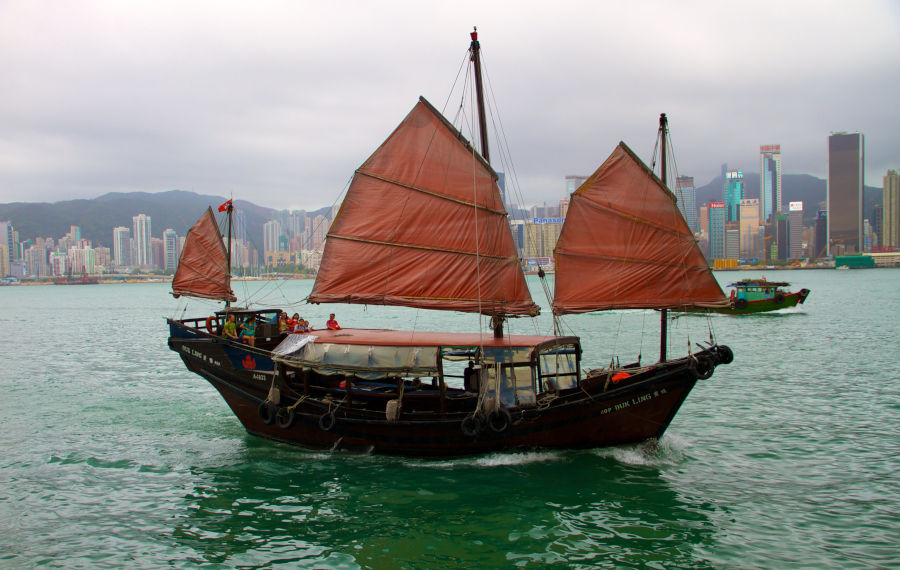
More synonymous with ships, junks have fully battened sails, making them capable of travelling far distances. Indeed, throughout most of their existence junks have been used for both military combat and trade. Dukling, a.k.a. The Holy Duck, is the last traditional, original junk standing in Victoria Harbor.
What are sampans used for today?
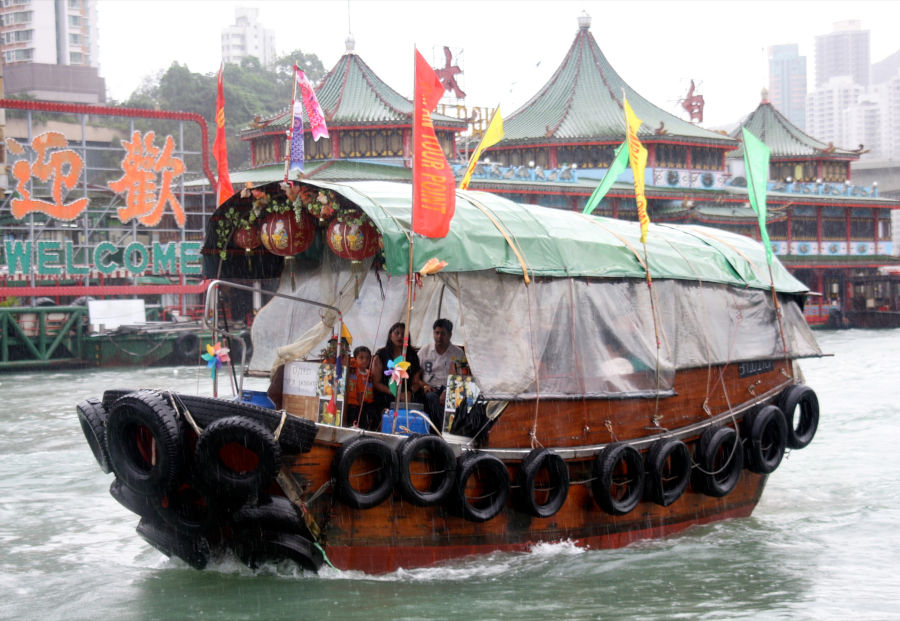
A true gem steeped in history, sampans have become marginalized to the point of extinction today. It makes sense that modern times call for advanced means of transportation; thus, sampans are used less for economic means, fishing and transportation. Those who made a home out of these small vessels moved onto land to pursue jobs that are more fitted to sustain in today’s world. Sampans are still a mode of transport, but only on the periphery as a way to travel to neighbouring islands, other sea vessels and between piers. Docked among modern boats and luxury yachts, sampans are a tourist attraction mainly operated by Tanka people.
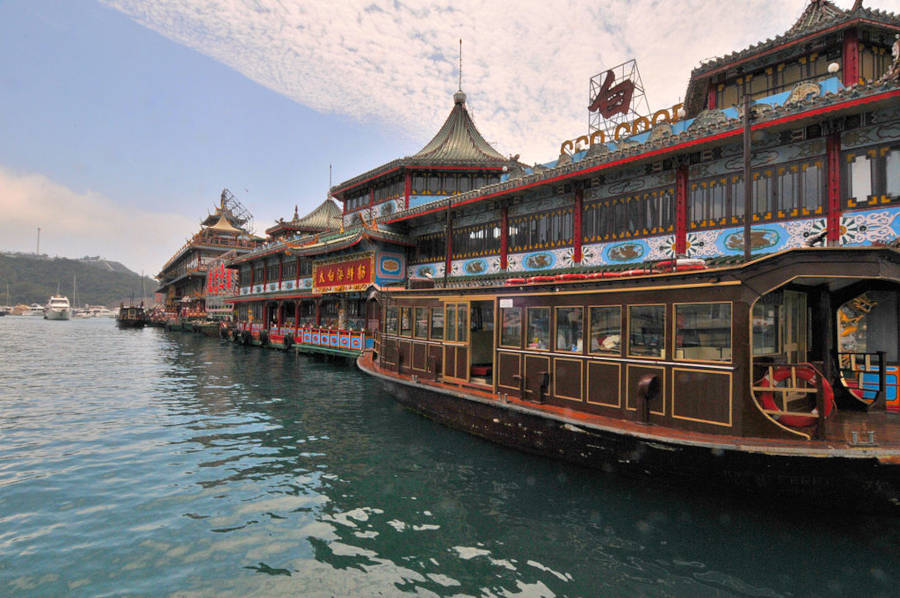
Large sampans also operate as floating seafood and dim sum restaurants today, Jumbo Kingdom in Aberdeen being the biggest and most well-known (even featuring in a 1974 Bond film). Luckily, the cultural significance of sampans will be passed on to future generations, as these floating restaurants are to be donated to Ocean Park as a heritage and leisure landmark. Globally, similar floating restaurants can be seen in places like Bangkok’s floating market.
Experience a seafood feast on a sampan in Causeway Bay.
Header image credits: foundin_a_attic via Flickr


